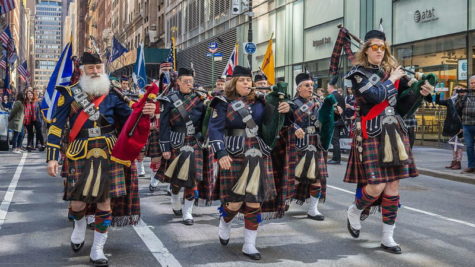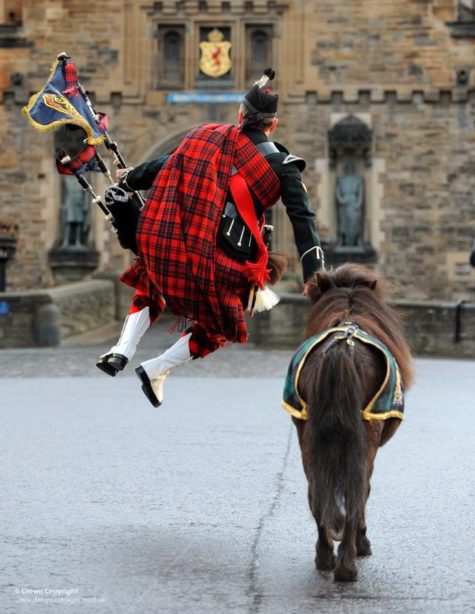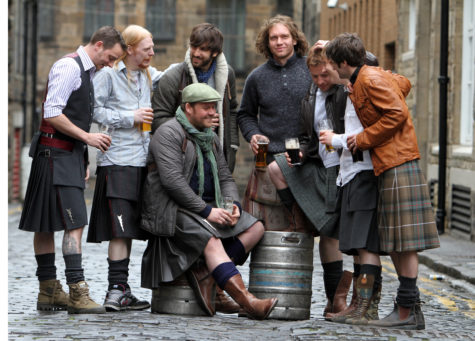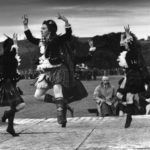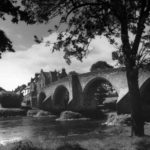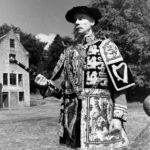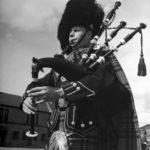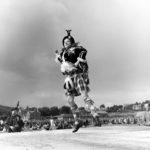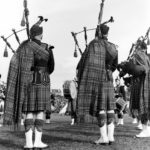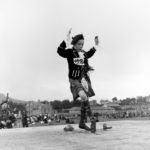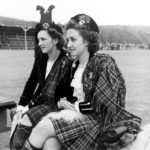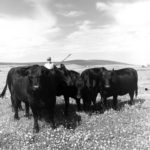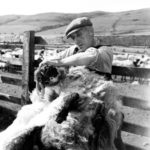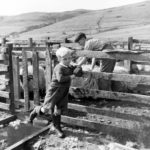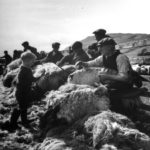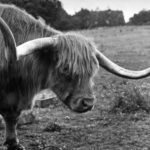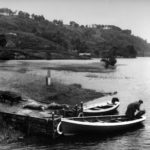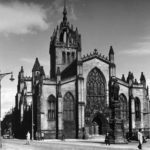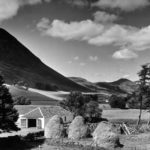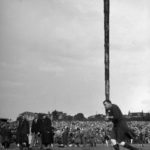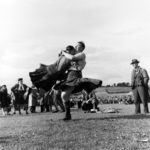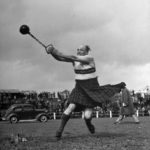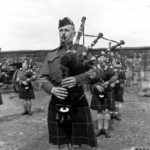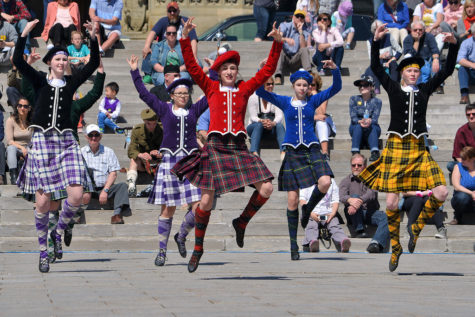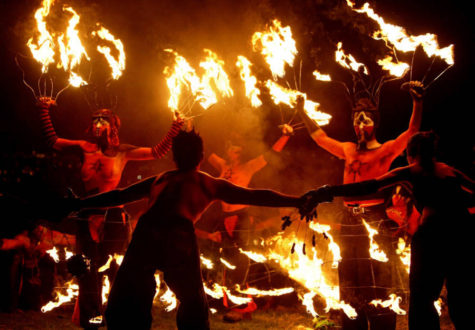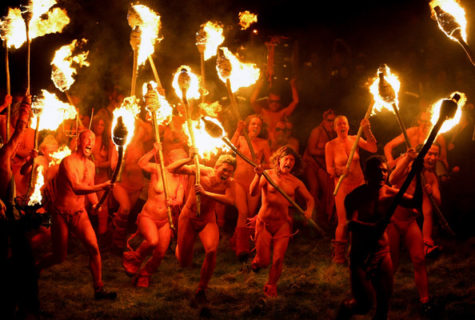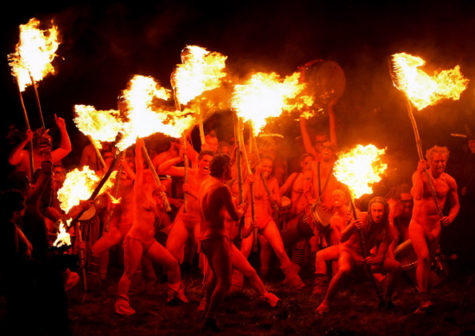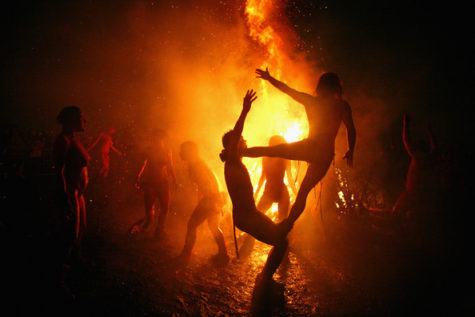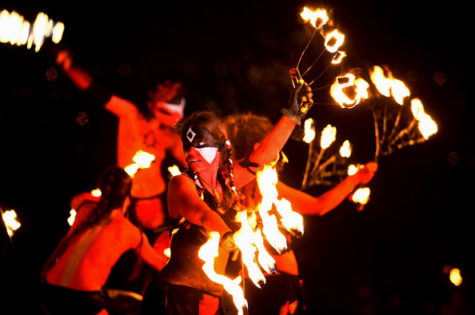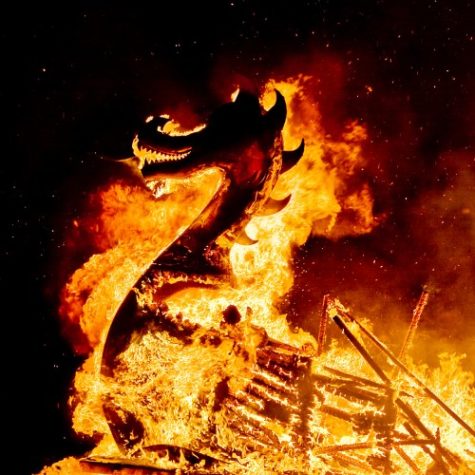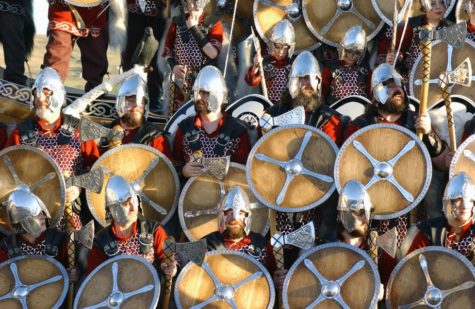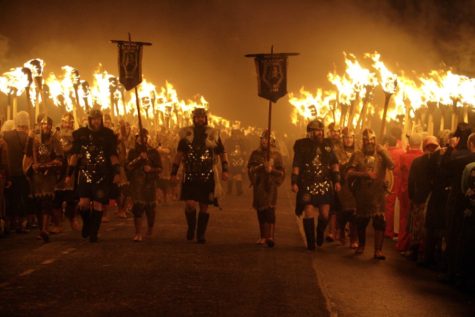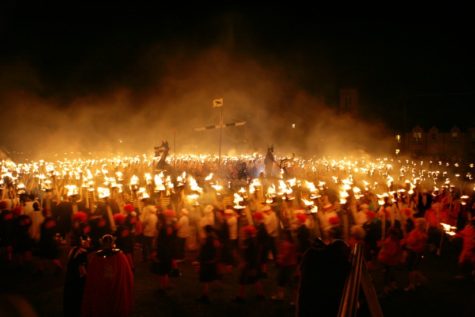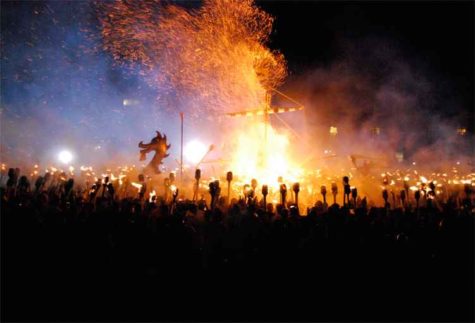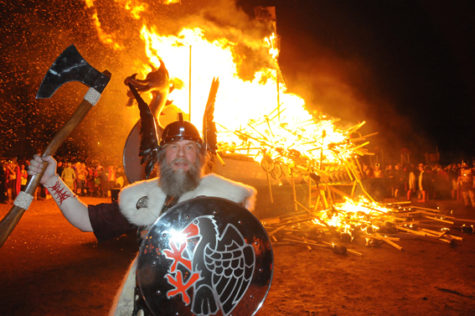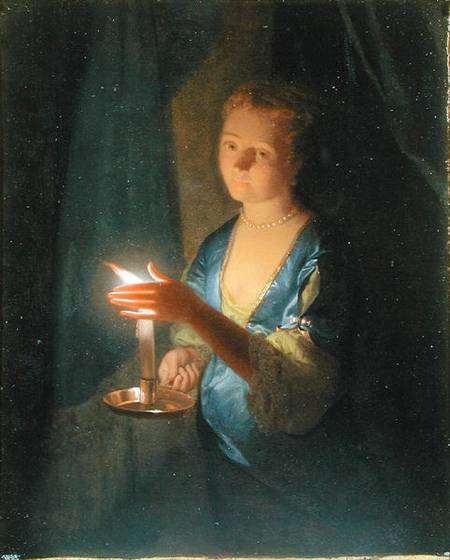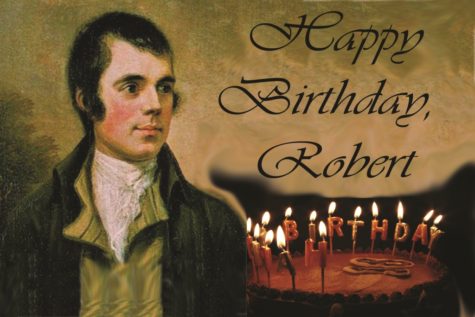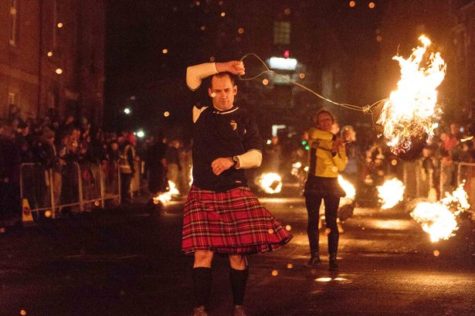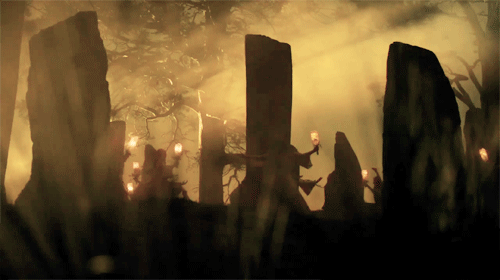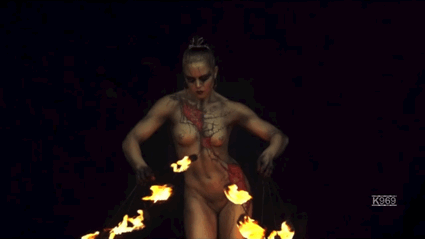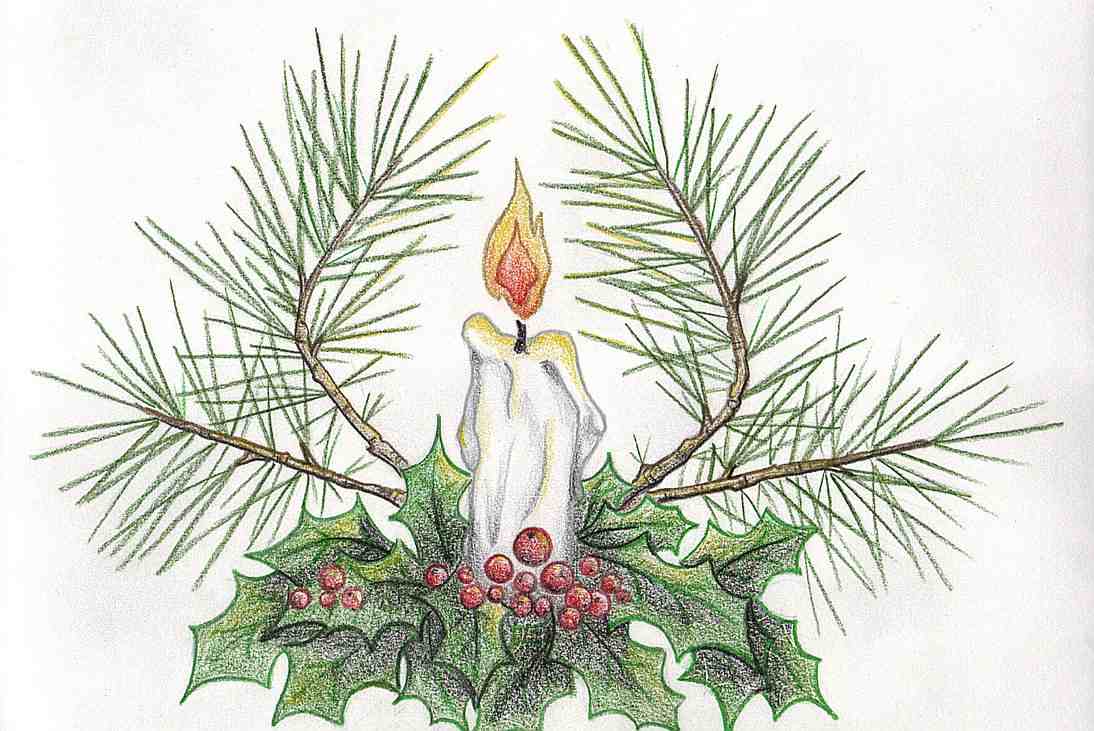Scotland
April 6 is National Tartan Day. National Tartan Day honors all the Scottish heritage that flows through this nation. From its earliest beginnings, Americans with Scottish ancestry endeavored for that freedom as much as any American. It was in their blood.
It was 400 years before they had declared –
“For we fight not for glory, nor riches, nor honours, but for freedom alone which no good man give sup except for his life.” – from the Declaration of Arbroath
It might be surprising to know that of the 13 governors in the newly established United States; nine were Scots. There are 56 signatures on the Declaration of Independence. Some scholars suggest nearly a third of those signers were of Scottish descent.
Not only can we point to the country’s founding fathers, but of the 43 Presidents who have taken office, 33 have been of Scottish descent.
Those with Tartan blood were and are independent and resourceful. They are prolific inventors and writers. They are talented musicians and artist, experienced leaders and scholars. In the United States today, over 11 million Americans claim Scottish or Scotch-Irish roots. That makes them the 8th largest ethnic group in the United States.
What is a Tartan?
A tartan, is a cloth bearing a pattern of overlayed checks in several bright colors. A plaid, contrary to popular usage, “is actually a blanketlike piece of tartan worn over the shoulder.”
Tartan is Scotland’s famous patterned woven textile. It’s the most recognizable pattern associated with Scotland. Tartan consists of “interwoven vertical and horizontal lines, known as a sett,” according to Scotland’s National Tourism Organisation. The pattern is seen on shirts, kilts and other clothing.
How To Observe Tartan Day:
- Check local civic websites for parades, ceremonies and events.
- Wear your tartan
- Use #NationalTartanDay to post on social media.
- Create a tartan that is unique to your ‘family clan’.
- Attend a Tartan Day parade. One of the largest Tartan Day parades is held in New York City.
- Learn Highland dancing which originated in the Scottish Highlands.
- Eat traditional Scottish foods including Haggis, Scottish porridge, Scotch broth and shortbread cookies.
- Play golf. Golf originated in Scotland during the 15th century
So you want to wear a traditional kilt on National Tartan day and you aren’t sure how to get it on properly? Here’s a video showing how to correctly fold and wear the Scottish plaid, a step by step guide to becoming a real highlander!
National Tartan Day Facts & Quotes
- Rachel Walker holds the Guinness World Record for wearing the most Tartans within 60 seconds. Walker managed to put on 4 kilts within 60 seconds.
- According Martin Martin, author of A Description of the Western Islands of Scotland, a tartan served to distinguish residents of different regions. Eventually, the tartan was used as a symbol of belonging to a specific clan.
- The major languages spoken in Scotland are English, Scottish Gaelic and Scots.
Photos for National Tartan Day:
Hans Wild’s photos from the 1940’s capture the intricate detail of Scottish culture down to the shearing of a wooly sheep and the fingering on a traditional bagpipe melody. Pride, in both national heritage and familial lineage, courses through the images. It was, after all, a matter of serious — and legal — business, as the magazine laid out clearly: “A person who wears the crest of a clan of which he is not a member may be fined £8 6s 8d.”
- Competitors for the world championship, dancing the Reel of Tulloch in strathspey and reel contest.
- The Edinburgh Castle sitting high on a rock above St. Cuthbert’s Church (L).
- Eilean Donan Castle guards Loch Duich in the western Highlands near Dornie.
- A lovely 14th century bridge still used for pedestrians.
- Lord Lyon King of Arms, Thomas Innes of Learney, is supreme judge of all Scottish genealogies.
- In full dress a piper of the famed Black Watch regiment pipes a pibroch at Perth Barracks.
- Outtake from essay on Scotland, 1947.
- Outtake from essay on Scotland, 1947.
- Outtake from essay on Scotland, 1947.
- Outtake from essay on Scotland, 1947.
- Outtake from essay on Scotland, 1947.
- Outtake from essay on Scotland, 1947.
- Outtake from essay on Scotland, 1947.
- A four year old boy branding the newly sheared sheep with tar.
- A champion steer standing in a pasture.
- A newly released prisoner of war, bringing carcasses (shot the night before) up to shore.
- A statue of the fifth Duke of Buccleuch, standing in front of St. Giles church.
- Outtake from essay on Scotland, 1947.
- Glamis Castle, first built in the 11th century, where Macbeth supposedly murdered Duncan.
- The small glen leading into the hills.
- A man trying to toss the Scotch fir log over in a straight line in the direction the man’s run.
- Outtake from essay on Scotland, 1947
- A man throwing an eight pound weight.
- Outtake from essay on Scotland, 1947
And just for good measure, here’s one last pic:
Sources:
Here’s how they celebrate Beltane in Edinburgh!
Enjoy!
First organized in the 1980’s, the Beltane Fire Festival has become a popular festival in Edinburgh. Here we have photos of the Beltane Fire Society celebrating Spring and the coming of summer. This lively procession celebrates the ending of winter and is a revival of the ancient Celtic festival of Beltane which is the Gaelic name for the month of May. More about Beltane can be found here: Beltane
Up Helly Aa refers to any of a variety of fire festivals held in Shetland, in Scotland, annually in the middle of winter to mark the end of the yule season and celebrate the arrival of the Vikings. Traditionally held on the last Tuesday in January, the festival involves a procession of up to a thousand guizers in Lerwick and considerably lower numbers in the more rural festivals, formed into squads who march through the town or village in a variety of themed costumes.
The current Lerwick celebration grew out of the older yule tradition of tar barreling which took place at Christmas and New Year as well as Up Helly-Aa. After the abolition of tar barreling, permission was eventually obtained for torch processions. The first yule torch procession took place in 1876. The first torch celebration on Up Helly-Aa day took place in 1881. The following year the torch lit procession was significantly enhanced and institutionalized through a request by a Lerwick civic body to hold another Up Helly-Aa torch procession for the visit of the Duke of Edinburgh. The first galley was burned in 1889.
There is a main guizer who is dubbed the “Jarl”. There is a committee which you must be part of for fifteen years before you can be a jarl, and only one person is elected to this committee each year.
The procession culminates in the torches being thrown into a replica Viking longship or galley. The event happens all over Shetland, but it is only the Lerwick galley which is not sent seaward. Everywhere else, the galley is sent seabound, in an echo of legendary Viking sea burials.
After the procession, the squads visit local halls (including schools, sports facilities and hotels), where private parties are held. At each hall, each squad performs its act, which may be a send-up of a popular TV show or film, a skit on local events, or singing or dancing, usually in flamboyant costume.
Due to the often-flamboyant costumes and the large quantity of males dressing up as females (Traditionally, the Capital festival does not permit women to partake in the squads) in the Lerwick festival, it has earned the joke name ‘Transvestite Tuesday’. The photos below show a few examples of the festival’s highlights.
Source: Wikipedia
Official Website: Up Helly Aa
New Year’s Eve is traditionally a time for assessing the past twelve months and for looking ahead to the New Year. Numerous customs are still retained in Europe and the United States, including the idea of kindling a new light from the old. This can be achieved in a number of ways, including the following simple ceremony.
At a few minutes to midnight, put out all of your lights except for a single candle or a lantern (it’s important that the light be a living one rather than electric). Send someone outside (traditionally it is someone who has dark hair) with the light, which they must guard and protect from the weather. As the clock strikes twelve have that person knock on the door. Open it and welcome them in with some form of ceremonial greeting, such as:
Welcome to the light of the New Year
And welcome he/she who brings it here.
Go around the house with the candle and relight all the lights you put out. If these can be candles so much the better, but don’t burn the house down In Scotland this custom is known as “First Footing,” and the person who first puts his or her foot across the door is the one who brings fortune to the whole household. Often someone in the house arranges with a friend to come to the house at the exact time carrying a gift – called a handsel in Scotland and consisting of a lump of coal, or a bottle of whiskey – something that will ensure that more gifts come throughout the next twelve months.
Source: The Winter Solstice
First Footing Lore:
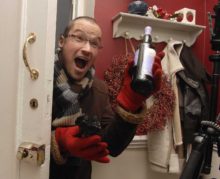 The first person to enter your home after the stroke of midnight on New Year’s Eve will influence the year you’re about to have.
The first person to enter your home after the stroke of midnight on New Year’s Eve will influence the year you’re about to have.
Ideally, he should be dark-haired, tall, and good-looking, and it would be even better if he came bearing certain small gifts such as a lump of coal, a silver coin, a bit of bread, a sprig of evergreen, and some salt.
Blonde and redhead first footers bring bad luck, and female first footers should be shooed away before they bring disaster down on the household. Aim a gun at them if you have to, but don’t let them near your door before a man crosses the threshold.
The first footer (sometimes called the “Lucky Bird”) should knock and be let in rather than unceremoniously use a key, even if he is one of the householders.
After greeting those in the house and dropping off whatever small tokens of luck he has brought with him, he should make his way through the house and leave by a different door than the one through which he entered.
No one should leave the premises before the first footer arrives – the first traffic across the threshold must be headed in rather than striking out.
First footers must not be cross-eyed or have flat feet or eyebrows that meet in the middle.
Nothing prevents the cagey householder from stationing a dark-haired man outside the home just before midnight to ensure the speedy arrival of a suitable first footer as soon as the chimes sound.
If one of the partygoers is recruited for this purpose, impress upon him the need to slip out quietly just prior to the witching hour.
Source: Snopes.com
March 29 thru 31, the last three days of March, have a reputation for being stormy. Scottish folklore proposes that these three days were borrowed from April so that March might extend his power.
The Spanish story about the borrowing days is that a shepherd promised March a lamb if he would temper the winds to suit the shepherd’s flocks. But after his request was granted, the shepherd refused to deliver the payment. In revenge, March borrowed three days from April, in which fiercer winds than ever blew to punish the deceiver.
March borrowit from April
Three days, and they were ill:
The first was frost,
the second was snaw,
The third was cauld as ever’t could blaw.
~ Scottish proverb
From Almanac.com
January 25, the birthday of Scotland’s most famous poet, Robert Burns (1759-1796), has become an occasion for Scots all over the world to gather together in his honor. A Burns Night supper usually includes haggis, a traditional dish of the heart, lungs, and liver of a sheep or calf minced with suet, onions, oatmeal, and seasonings. Burns’s words: “Hail Great Chieftan o’ the Puddin-race!” greets the dish’s entry into the room. Men wear kilts and women their tartan sashes, and the evening’s celebration includes reading Burns’s poems and singing his songs, ending with one of his most famous, “Auld Lang Syne.
Found at Almanac.com
To celebrate the New Year fireballs swing in Stonehaven, Scotland.
The ceremony consists of mainly local people of all ages swinging flaming wire cages, around their heads. Each cage is filled with combustible material (each swinger has their own recipe) and has a wire handle two or three feet long, this keeps the flames well away from the swinger, but spectators can be vulnerable! At the end of the ceremony, the fireballs are tossed into the bay.
The event starts at midnight and is watched by thousands. The idea behind the ceremony is to burn off the bad spirits left from the old year so that the spirits of the New Year can come in clean and fresh.
From current research the ceremony would seem to go back from a hundred to a hundred and fifty years, but it could easily be much older.
The ceremony today lasts only around twenty to thirty minutes but in the past it could last an hour or more. Then, some of the swingers would swing their fireball for a few yards and then stop outside a house that was occupied by someone that they knew. They would drop their fireball at the curbside and pop in for their ‘New Year’! After a while they would come out, pick up their ‘ball’ and swing on down to the next house, and so on. As quite a number of the swingers would have had many relatives and friends staying in area it could take some time to get from one end of the street to the other!
In the early years, according to the newspaper reports, it would seem that it was mainly the male youths of the older ‘fisher’ town that were involved in the custom but once into the sixties the newspaper reports are of older men and women being involved as well.
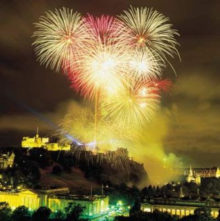 In Scotland, the last day of the year is called Hogmanay, the word children use to ask for their traditional present of an oatmeal cake (which is why this is also called Cake Day). Traditionally, children in small towns would wander about town, particularly in the more affluent neighborhoods, visiting their neighbors of the better class, crying at their doors, “Hogmanay!” or sometimes the following rhyme:
In Scotland, the last day of the year is called Hogmanay, the word children use to ask for their traditional present of an oatmeal cake (which is why this is also called Cake Day). Traditionally, children in small towns would wander about town, particularly in the more affluent neighborhoods, visiting their neighbors of the better class, crying at their doors, “Hogmanay!” or sometimes the following rhyme:
Hogmanay, trollolay,
Gie’s of your white bread
and none of your gray!
In obedience to which call, they are served each with an oaten cake. Immediately after midnight it is traditional to sing Robert Burns’ “Auld Lang Syne”
“Should auld acquaintance be forgot and never brought to mind?
Should auld acquaintance be forgot and auld lang syne
For auld lang syne, my dear, for auld lang syne,
We’ll take a cup o kindness yet, for auld lang syne.”
Fireworks and fire festivals are still common across Scotland, as are parties and celebrations of all kinds. There are many customs, both national and local, associated with Hogmanay. The most widespread national custom is the practice of ‘first-footing’ which starts immediately after midnight. This involves being the first person to cross the threshold of a friend or neighbor and often involves the giving of symbolic gifts such as salt (less common today), coal, shortbread, whisky, and black bun (a rich fruit cake) intended to bring different kinds of luck to the householder. Food and drink (as the gifts) are then given to the guests.
This may go on throughout the early hours of the morning and well into the next day (although modern days see people visiting houses well into January). The first-foot is supposed to set the luck for the rest of the year. Traditionally, tall dark men are preferred as the first-foot. And of course, the entire spirit of a Hogmanay party is to welcome both friends and strangers with warm hospitality and of course lots of kissing all-around!
It’s believed that Hogmanay originated with the invading Vikings who celebrated the passing of the winter solstice with much revelry, but the roots of Hogmanay perhaps reach back to the celebration of the winter solstice among the Norse, as well as incorporating customs from the Gaelic New Year’s celebration of Samhain.
In Rome, winter solstice evolved into the ancient celebration of Saturnalia, a great winter festival, where people celebrated completely free of restraint and inhibition. The Vikings celebrated Yule, which later contributed to the Twelve Days of Christmas, or the “Daft Days” as they were sometimes called in Scotland. The winter festival went underground with the Protestant Reformation and ensuing years, but re-emerged near the end of the 17th century
Each area of Scotland often developed its own particular Hogmanay ritual.
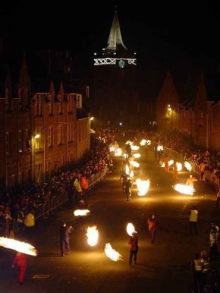 An example of a local Hogmanay custom is the fireball swinging that takes place in Stonehaven, Aberdeenshire in north-east Scotland. This involves local people making up ‘balls’ of chicken wire filled with old news paper, dried sticks, old cotton rags, and other dry flammable material up to a diameter of 60 cm. Each ball has approximately 1 m of wire, chain or nonflammable rope attached.
An example of a local Hogmanay custom is the fireball swinging that takes place in Stonehaven, Aberdeenshire in north-east Scotland. This involves local people making up ‘balls’ of chicken wire filled with old news paper, dried sticks, old cotton rags, and other dry flammable material up to a diameter of 60 cm. Each ball has approximately 1 m of wire, chain or nonflammable rope attached.
As the Old Town House bell sounds to mark the new year, the balls are set alight and the swingers set off up the High Street from the Mercat Cross to the Cannon and back, swinging their burning ball around their head as they go for as many times as they and their fireball last. At the end of the ceremony any fireballs that are still burning are cast into the harbor.
Many people enjoy this display, which is more impressive in the dark than it would be during the day. As a result large crowds flock to the town to see it, with 12,000 attending the 2007/2008 event. In recent years, additional attractions have been added to entertain the crowds as they wait for midnight, such as fire poi, a pipe band, street drumming and a firework display after the last fireball is cast into the sea. The festivities are now streamed live over the Internet.
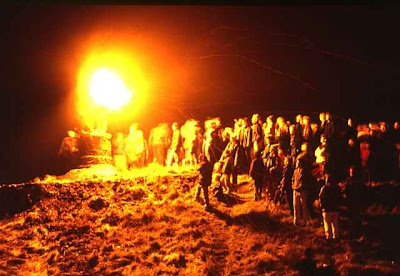
Another example of a pagan fire festival is the burning the clavie which takes place in the town of Burghead in Moray.In the east coast fishing communities and Dundee, first-footers used to carry a decorated herring while in Falkland in Fife, local men would go in torchlight procession to the top of the Lomond Hills as midnight approached. Bakers in St Andrews would bake special cakes for their Hogmanay celebration (known as ‘Cake Day’) and distribute them to local children.
In Glasgow and the central areas of Scotland, the tradition is to hold Hogmanay parties involving singing, dancing, the eating of steak pie or stew, storytelling and consumption of copious amounts of alcohol, which usually extend into the daylight hours of January 1.
Institutions also had their own traditions. For example, among the Scottish regiments, the officers had to wait on the men at special dinners while at the bells, the Old Year is piped out of barrack gates. The sentry then challenges the new escort outside the gates: ‘Who goes there?’ The answer is ‘The New Year, all’s well.’
An old custom in the Highlands, which has survived to a small extent and seen some degree of revival, is to celebrate Hogmanay with the saining (Scots for ‘protecting, blessing’) of the household and livestock. This is done early on New Year’s morning with copious, choking clouds of smoke from burning juniper branches, and by drinking and then sprinkling ‘magic water’ from ‘a dead and living ford’ around the house (‘a dead and living ford’ refers to a river ford which is routinely crossed by both the living and the dead). After the sprinkling of the water in every room, on the beds and all the inhabitants, the house is sealed up tight and the burning juniper carried through the house and byre.
The smoke is allowed to thoroughly fumigate the buildings until it causes sneezing and coughing among the inhabitants. Then all the doors and windows are flung open to let in the cold, fresh air of the new year. The woman of the house then administers ‘a restorative’ from the whisky bottle, and the household sits down to their New Year breakfast.
Collected from various sources
